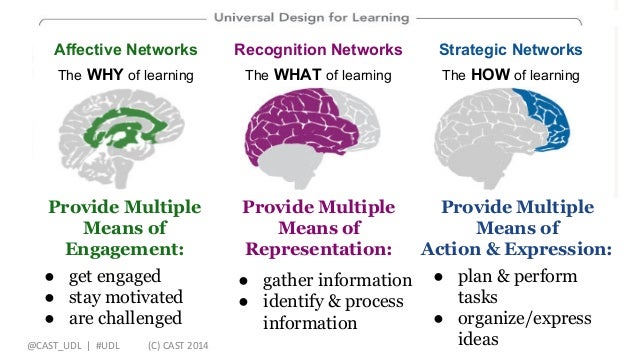Different Types of Learners by Corey Taylor
Low SES Students
Low SES students are children who come from very poor
families and are students who need lots of support and encouragement. Prevalent
in Kentucky, with 26% of children living in poverty, these students could
experience a multitude of different emotions daily. As educators, I believe it
is not only our responsibility to educate these children based on the core content
required, but also educate them on mental health and the opportunities to
change their circumstances. Teachers should build students up rather than
knocking them down. Particularly with low SES students because the last thing
they need is another person telling them they can’t be successful.
Helping Low-SES Students Thrive. (2016, July 13). Retrieved
April 10, 2018, from https://www.scilearn.com/blog/helping-low-ses-students-thrive
LGBTQ
As future educators we know how important it is for all
students to feel safe in their environment to learn and be successful in
school; Yet 60% of LGBTQ students who were harassed did not reporting their
incidents in fear of it worsening, and 34% of students who did report their
incidents said that educators did nothing in response. To me, his is a major
problem. It is our duty to ensure that all students in our classroom are safe
to grow individually and that they get the appropriate education they deserve. If
we do not address the issue of bullying and harassment, we might as well be endorsing
it. I hope that we will all fight against the unfair treatment of LGBTQ students
and will stand up for these children who are simply trying to figure out who
they are and what they want to be.
Queering Education. (n.d.). Retrieved April 10, 2018, from http://www.queeringeducation.org/
ELL
With a rapidly increasing number of English Language
Learners being admitted in the classroom, it is vital that educators have the
training and resources to appropriately bring these students up to speed. With
the use of various teaching strategies and technology resources available, there
is no reason that educators should not be able to provide accommodations that will
enable students to learn. All in all, it comes down to effort and time put in
on our parts. We will have to put in extra hours for appropriate training and
to learn different techniques use by various successful educators.
Integrating ELL Students in General Education Classes.
(n.d.). Retrieved April 10, 2018, from https://www.edutopia.org/blog/integrating-ells-general-education-classes-dorit-sasson


